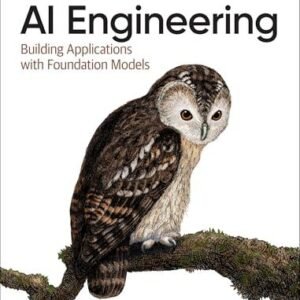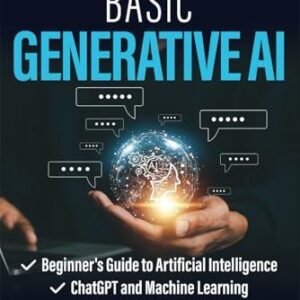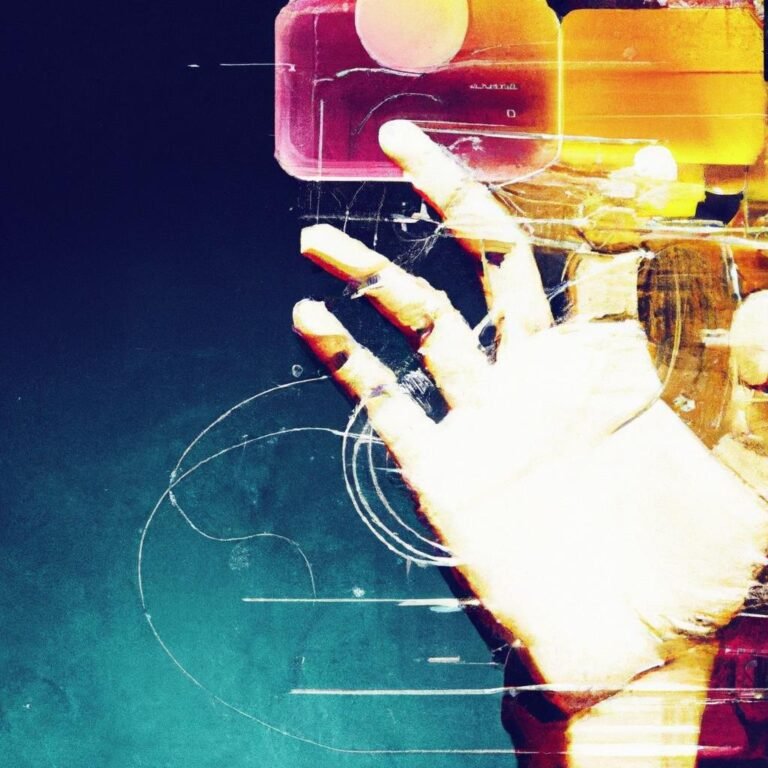As artificial intelligence continues to evolve and permeate various facets of our daily lives, its impact on creative industries has become increasingly profound. From generating artwork and composing music to writing scripts and designing fashion, AI tools are reshaping the way creative professionals approach their work. However, this technological revolution comes with a complex set of ethical dilemmas that artists, designers, and content creators must navigate. Questions surrounding authorship, originality, and the commodification of creativity are at the forefront of discussions within the industry. In this article, we will delve into the multifaceted ethical challenges posed by AI in creative fields, exploring the balance between leveraging these innovative tools and preserving the intrinsic value of human creativity. Join us as we unpack the implications of AI’s role in art, design, and beyond, while seeking pathways to ensure a responsible and ethical integration of technology in our creative practices.
Table of Contents
- Understanding the Ethical Landscape of AI in Creative Fields
- Balancing Creativity and Autonomy in AI-Generated Works
- Implementing Transparent Practices for Ethical AI Usage
- Strengthening Collaboration Between Creators and Technologists
- Insights and Conclusions
Understanding the Ethical Landscape of AI in Creative Fields
The rapid advancement of artificial intelligence in the creative sector has birthed an array of ethical dilemmas that warrant careful consideration. Artists and creators are confronted with questions surrounding authorship and ownership—who truly owns a piece created with the assistance of AI? This ambiguity raises critical questions about intellectual property rights and the potential monetization of creative works. As AI tools continue to blur the lines between human ingenuity and machine-generated content, professionals must navigate these murky waters while ensuring their rights and contributions are respected. The risk of homogenization, where unique creative expressions become diluted, looms large over the industry.
Equally pressing are the issues of bias and representation within AI systems that are trained on existing datasets, which may contain historical prejudices. Such biases can propagate stereotypes and marginalize underrepresented voices in the creative sphere. It’s essential for stakeholders to assess the datasets used to train AI, exploring how diverse and inclusive these sources truly are. Regular audits and diversification of training datasets can help mitigate bias. Furthermore, fostering collaboration between AI developers and creative professionals can lead to more ethical approaches, ensuring that technology enhances rather than stifles artistic expression.
Balancing Creativity and Autonomy in AI-Generated Works
In the rapidly evolving landscape of AI-generated works, the challenge of maintaining a balance between creativity and autonomy has become increasingly pertinent. On one hand, AI systems can produce extraordinary content, mimicking human creativity in fields such as literature, painting, and music. On the other hand, questions arise regarding the ownership and originality of these works. Are these AI creations genuinely innovative, or merely sophisticated recombinations of existing styles and ideas? The answers lie in establishing a framework that offers clear guidelines for authorship and recognizes the unique human touch that fuels true creativity.
To navigate this dilemma, several strategies can be employed:
- Collaborative Workflows: Encouraging partnerships between human artists and AI can lead to innovative outcomes while preserving human creative input.
- Transparency in Creation: Documenting the process by which AI-generated content is produced can clarify the role of both human and machine involvement.
- Ethical Guidelines: Developing and adhering to a set of ethical standards can help in defining rights and responsibilities in the usage of AI tools.
Consider the following table that summarizes the balance between creativity and autonomy:
| Aspect | Human Input | AI Contribution |
|---|---|---|
| Originality | High | Moderate |
| Efficiency | Low | High |
| Emotional Depth | High | Low |
Implementing Transparent Practices for Ethical AI Usage
In the creative industries, fostering an environment of transparency is essential for instilling trust among stakeholders and ensuring ethical AI usage. This can be achieved through several key practices:
- Clear Communication: Articulating how AI tools are utilized in creative processes helps demystify their role, reducing the fear of the unknown.
- Regular Audits: Conducting periodic assessments of AI systems to ensure compliance with ethical standards safeguards against biases and errors.
- Collaborative Development: Involving diverse teams in the development and deployment of AI technologies encourages diverse perspectives, leading to more balanced outcomes.
Moreover, establishing a robust framework for accountability can further enhance transparency. This includes:
- Documenting Decisions: Keeping records of critical decisions made by AI systems helps track their evolution and impacts over time.
- User Feedback Systems: Creating channels for users to provide feedback on AI-generated outputs can illuminate flaws and foster improvements.
- Ethics Committees: Forming dedicated groups responsible for monitoring AI practices and addressing ethical dilemmas can ensure continuous alignment with moral principles.
| Practice | Description |
|---|---|
| Clear Communication | Ensuring stakeholders understand AI’s role and impact. |
| Regular Audits | Periodic checks to uphold ethical standards. |
| Collaborative Development | Engaging diverse teams in AI initiatives. |
Strengthening Collaboration Between Creators and Technologists
Collaboration between creators and technologists has never been more critical as the boundaries of creativity are redefined through artificial intelligence. By deepening this partnership, we can leverage the unique strengths of both disciplines to foster innovation while addressing ethical concerns head-on. This synergy encourages multidisciplinary approaches that allow creators to harness technology effectively, ensuring their artistry remains at the forefront. Some key aspects of this collaboration include:
- Shared Goals: Aligning on a vision that prioritizes ethical integrity alongside creative innovation.
- Open Dialogue: Facilitating conversations that break down silos and promote transparency about AI’s role in creative processes.
- Education and Empowerment: Equipping creators with the necessary technological knowledge to fully understand and utilize AI tools.
Understanding the dynamics of collaboration also relies on establishing frameworks that address potential ethical dilemmas. A structured approach can facilitate meaningful discussions around consent, authorship, and the impact of AI on traditional art forms. Consider the following elements:
| Element | Description |
|---|---|
| Consent Management | Ensuring that all parties involved agree on the use of AI-generated content and its implications. |
| Authorship Clarity | Defining the roles of human creators versus AI contributions to maintain transparency in creative ownership. |
| Impact Assessment | Regularly evaluating how AI influences artistic integrity and industry practices. |
Insights and Conclusions
As we continue to integrate artificial intelligence into the creative industries, the ethical dilemmas we face are both complex and nuanced. It’s crucial for professionals in these fields to engage in ongoing discussions about the implications of AI—ranging from authorship and originality to representation and bias. By fostering a culture of transparency and accountability, we can harness the potential of AI while upholding the core values of creativity and integrity.
We encourage creatives, technologists, and ethicists to collaborate and explore solutions that respect both the innovation that AI brings and the human artistry it complements. Let’s not only navigate these dilemmas but also pioneer pathways that ensure the responsible use of technology in our creative endeavors. After all, the future of our industries hinges not solely on what AI can do, but on how we choose to wield its power.
Thank you for joining us on this examination of AI’s role in the creative landscape. Stay engaged, stay informed, and let’s shape a future where creativity thrives alongside intelligent technology.





